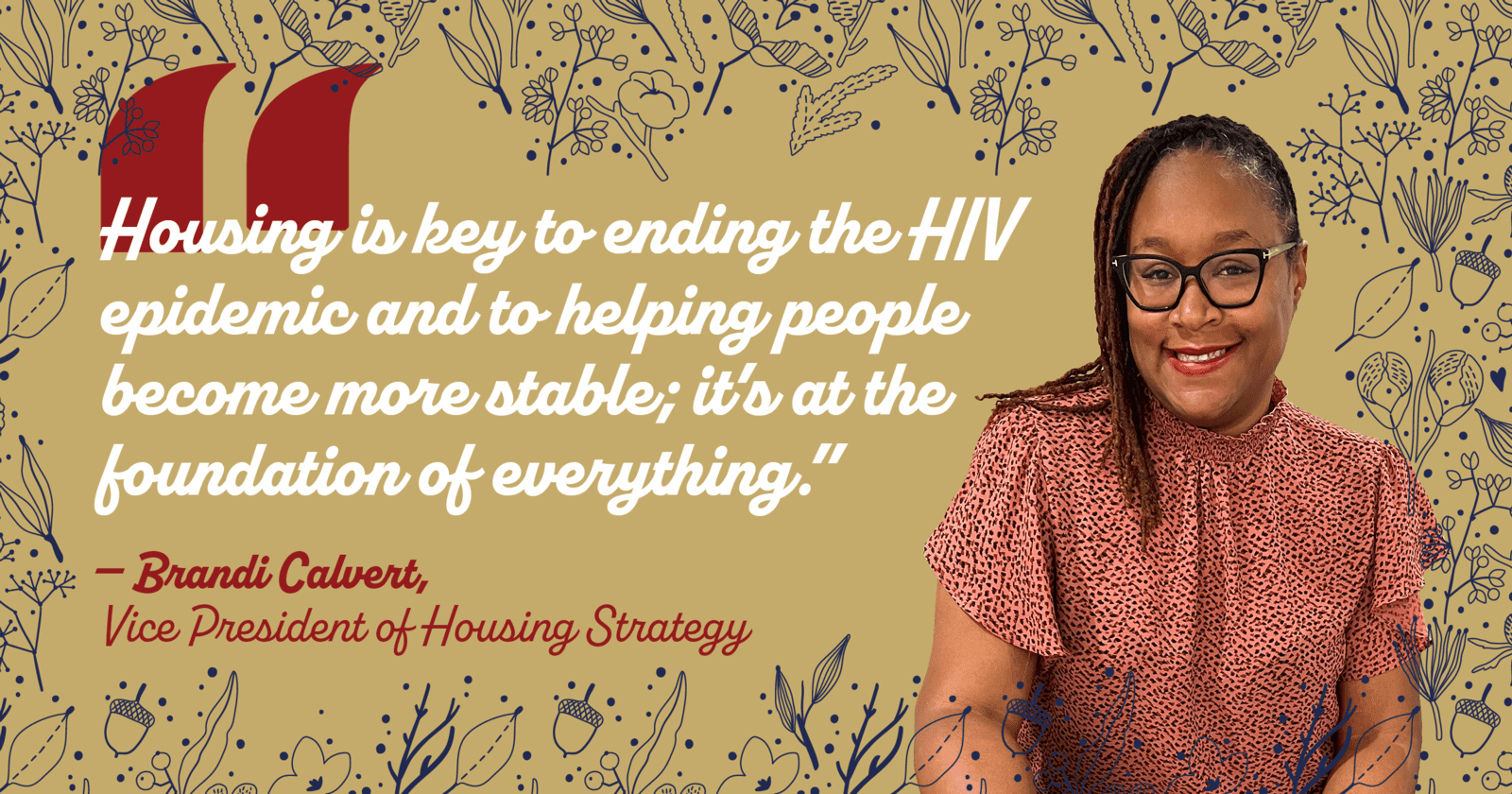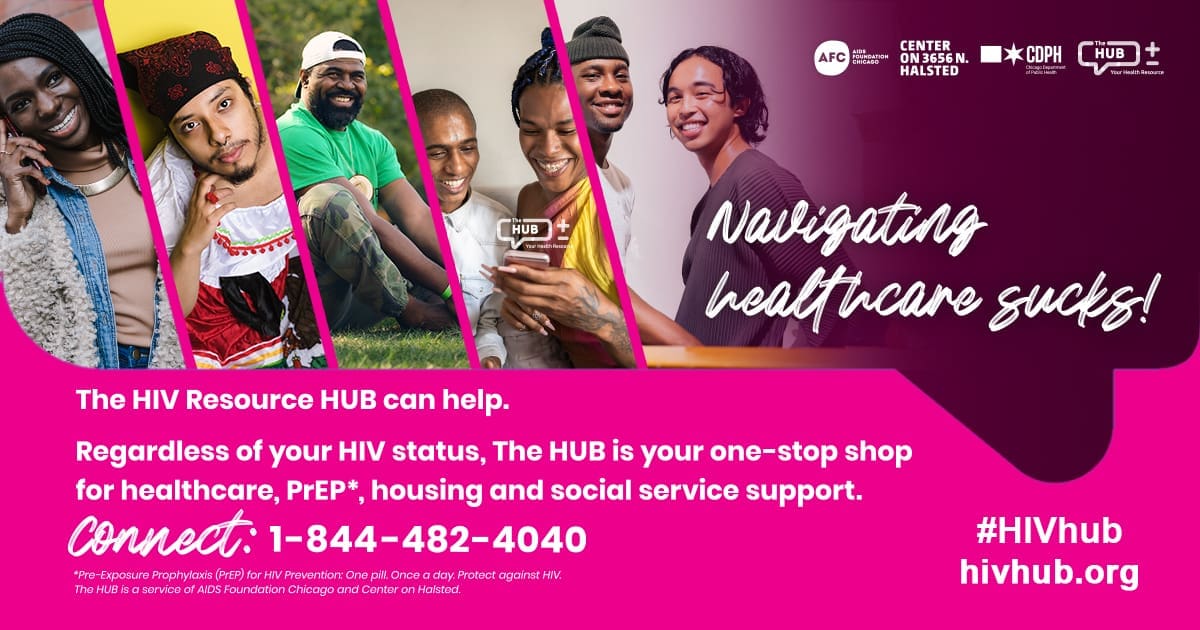1. Pose
“Pose” is a groundbreaking drama series set in the late 1980s and early 1990s, spotlighting Black and Latina transgender communities during the HIV epidemic. It features a diverse cast of transgender actors and explores the New York City Ball culture. Blanca Rodriguez, upon her HIV-positive diagnosis, forms her own chosen family, or “house,” to support LGBTQ youth rejected by their birth families. As AIDS becomes the leading cause of death, the characters grapple with unexpected health burdens. The show authentically portrays HIV advocacy, historical events, discrimination, and the gravity of the epidemic, emphasizing the importance of education and remembrance.
The series benefits from the firsthand experiences of its actors, including Billy Porter, who plays Pray Tell, who recently disclosed his HIV status. In addition, the show serves as more than an educational platform, with creator Ryan Murphy pledging profits to organizations supporting marginalized communities affected by HIV/AIDS. “Pose” is a poignant portrayal of LGBTQ history during the HIV epidemic, highlighting struggles, resilience, and the ongoing importance of HIV advocacy.
2. It’s A Sin
“It’s a Sin” is a heartfelt miniseries that explores the early years of the HIV epidemic in London through
the lives of a close-knit group of friends. Spanning almost a decade, the story follows Ritchie, Roscoe, Colin, and Jill as they revel in the newfound freedom of queer spaces and vibrant nightlife. However, as the AIDS crisis emerges, their carefree nights are replaced by the somber reality of friends falling ill and dying.
The series masterfully compresses a decade’s worth of storytelling into its runtime, offering a glimpse into the characters’ deep friendships and small, defining moments. It tackles a range of social issues, including homophobia, racism, and prejudice in healthcare, all closely tied to the characters’ personal experiences.
At its core, “It’s a Sin” highlights the importance of HIV/AIDS activism, with Jill becoming a central figure in raising awareness about the disease. The series also emphasizes the crucial role played by women, who cared for those abandoned by society during the epidemic.
Through powerful visual storytelling and a soundtrack of iconic 1980s songs, “It’s a Sin” creates a poignant narrative that leaves a lasting impact. It serves as a compelling reminder of the history of fear, misinformation, and discrimination during the early days of the epidemic, resonating with contemporary relevance and the enduring need for empathy and understanding.
3. Oz
As a powerful medium of storytelling, television plays a crucial role in advocacy by shedding light on important social issues, raising awareness, and fostering empathy. In the case of the HBO series Oz, the portrayal of HIV-positive inmates offered a stark and unflinching look at the harsh realities faced by those living with the virus within the prison system.
The series used its platform to provide viewers with a glimpse into the challenges, stigmatization, and isolation experienced by incarcerated people living with HIV. By depicting the lives of these individuals, Oz not only highlighted the physical and emotional toll, but also the discrimination and social alienation endured by people living with HIV within the prison community.
This portrayal served as a powerful advocacy tool by bringing attention to the unique struggles faced by HIV-positive inmates, a population often marginalized and forgotten. It aimed to educate the audience about the need for improved healthcare, prevention, and support services for incarcerated individuals living with HIV. By confronting the harsh realities of life behind bars with the virus, Oz contributed to a broader dialogue on the intersection of health, justice, and human rights, advocating for more compassionate and equitable treatment for this vulnerable population.
4. The Real World
“The Real World” made a significant impact on HIV advocacy by featuring Pedro Zamora, a Cuban-born gay man living with HIV, as one of its stars. Pedro Zamora’s presence on the show, which aired in 1994 as the third installment of the reality series, marked a historic moment as he became the first openly HIV-positive individual to be featured on reality television. His commitment ceremony to his partner, Sean Sasser, was also a groundbreaking event, marking the first same-sex ceremony in television history.
Pedro Zamora’s advocacy went beyond just his on-screen presence. He had already been actively involved in raising awareness about HIV/AIDS and fighting for education and prevention before joining “The Real World.” His newfound fame through the show provided him with a global platform to continue his work. Zamora’s impact was profound, as he helped challenge and change Americans’ perspectives on gay individuals living with HIV and AIDS.
His legacy extended beyond his time on the show. President Bill Clinton acknowledged Pedro Zamora’s role in raising awareness and stated that, due to his impact, no one in America could claim they had never known someone living with AIDS. Zamora’s dedication to fighting the stigma and educating the public left a lasting impression, and his story served as a beacon of inspiration for HIV advocacy and awareness.
5. Queer as Folk
“Queer as Folk” played a groundbreaking role in normalizing characters living with HIV/AIDS, particularly through the character Justin Taylor (Randy Harrison), who appeared in the U.S. version of the series. Justin’s portrayal as an HIV-positive young man was a significant departure from previous media representations. Rather than defining his entire life by the virus, the show depicted Justin’s HIV-positive status as just one aspect of his being. This portrayal was not only sensitive but also empowering, showing his struggles, fears, and resilience alongside his humor, wit and compassion.
By including a character like Justin, the series helped normalize the idea that HIV/AIDS was a manageable condition, challenging the prevailing stigma and misconceptions. It demonstrated that individuals living with HIV could lead fulfilling lives, pursue relationships, and follow their dreams. This portrayal was a marked departure from earlier media depictions that often solely focused on the tragedy and stigma associated with the disease.
Moreover, Justin’s storyline in “Queer as Folk” served as a platform for educating the audience about HIV prevention, safer sex practices, and the importance of regular testing. It contributed to reducing the stigma surrounding HIV/AIDS and fostered a broader understanding of the virus and those affected by it. In essence, the show’s nuanced portrayal of a character living with HIV significantly advanced the normalization of HIV-positive individuals in television narratives.
6. Noah’s Arc
“Noah’s Arc” is a wonderfully charming show about four friends living in Los Angeles. Both queer and black men, the show follows these four companions as they grapple with race, sexuality, stigma and the growing pains that come with building families and careers. Airing in 2005, the comedy/drama series has become a key player in HIV and AIDS awareness, particularly in the realm of romantic relationships.
Junito Vargas, played by actor Wilson Cruz, first appears in the season-one episode, “Writing to Reach You.” As a doctor at an HIV-awareness clinic, Junito quickly becomes the love interest of one of the show’s main characters, Ricky Davis, played by Christian Vincent, who also volunteers at the clinic. As they continue their relationship, Ricky discloses to Junito that he believes he may have contracted HIV. Though Ricky fears Junito will reject him over his assumed diagnosis, Junito reassures him that he isn’t going anywhere. “Are you sure?” Ricky asks. To which Junito replies, “No, I’m positive.”
In this way, it is revealed that Junito is HIV positive himself, which reduces barriers between the two. Junito and Ricky go on to form a beautiful relationship — that is, until the drama of the series kicks in once again, and the couple splits due to infidelity.
The relationship between Ricky and Junito teaches “Noah’s Arc” viewers about both love and stigma. Despite the introduction of antiretroviral treatment in 1996, it was a common belief in the early 2000’s that those diagnosed with HIV were excluded from any kind of love life. Ricky and Junito’s relationship touches on this belief, as Ricky fears that a positive diagnosis is equivalent to romantic rejection. Junito proves him wrong, however, and continues a sexual relationship with him without ever transmitting the virus, providing an example for viewers that those living with HIV can have normal relationships and sex lives. Overall, “Noah’s Arc” does an incredible job of depicting what love and romance look like for those living with HIV, as well as how the virus is discussed within the black queer community.
In this final installment of the Advocacy in Pop Culture series at AFC, television emerges as a powerful force in HIV/AIDS advocacy, reshaping perceptions and fostering social change. “Pose” and “It’s a Sin” authentically depicted the struggles of marginalized communities during the epidemic, emphasizing education and activism. “Oz” shed light on the harsh realities faced by HIV-positive inmates, advocating for improved healthcare and support within the prison system. “The Real World,” “Queer as Folk,” and “Noah’s Arc” broke barriers, challenging societal norms and reducing stigma by featuring HIV-positive characters in empowering, realistic narratives. These shows not only normalized HIV-positive lives but also served as crucial educational platforms, promoting empathy, understanding, and acceptance. Through their compelling storytelling, these series inspire us to continue the fight against HIV/AIDS, fostering awareness and advocating for a more inclusive, compassionate society.



